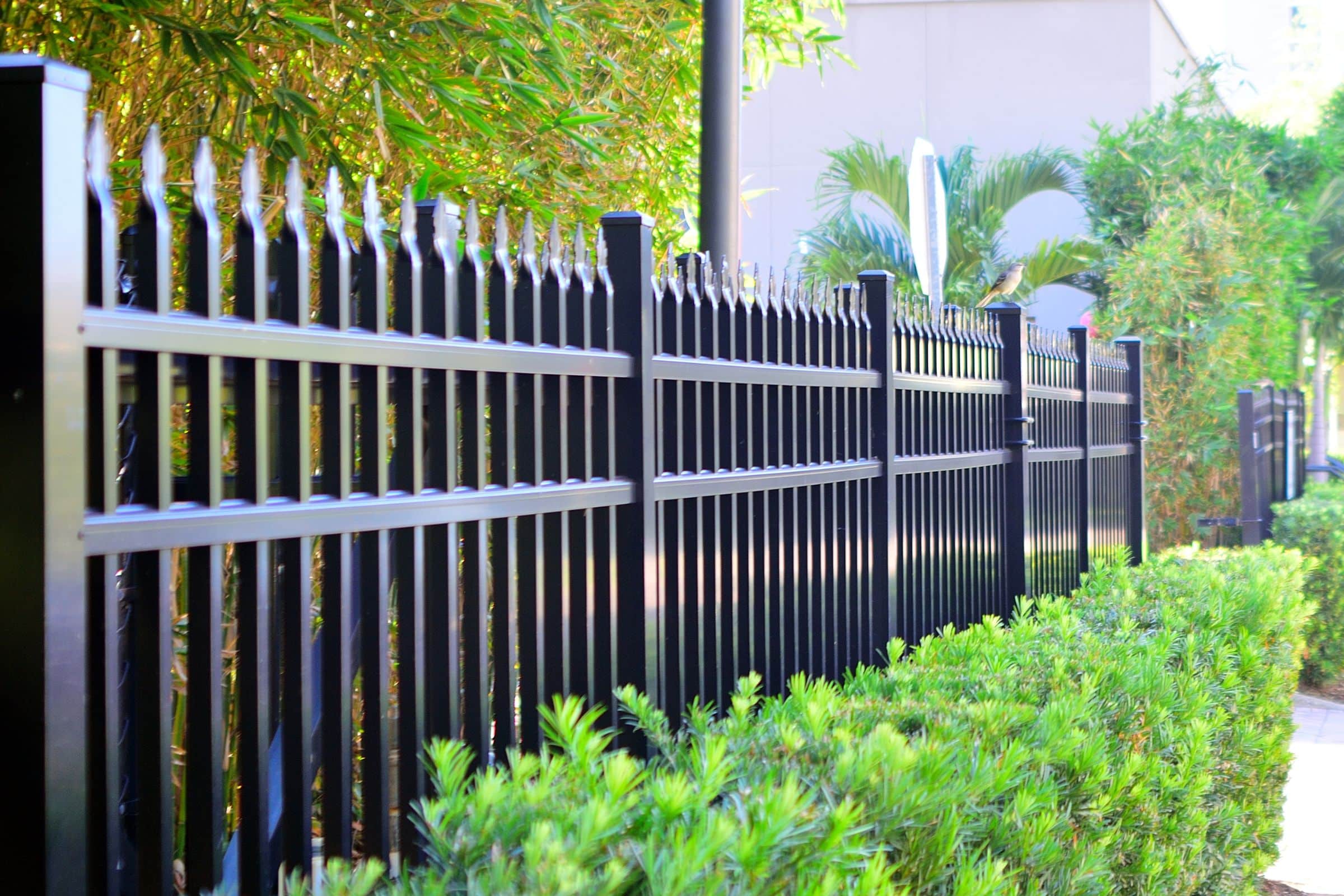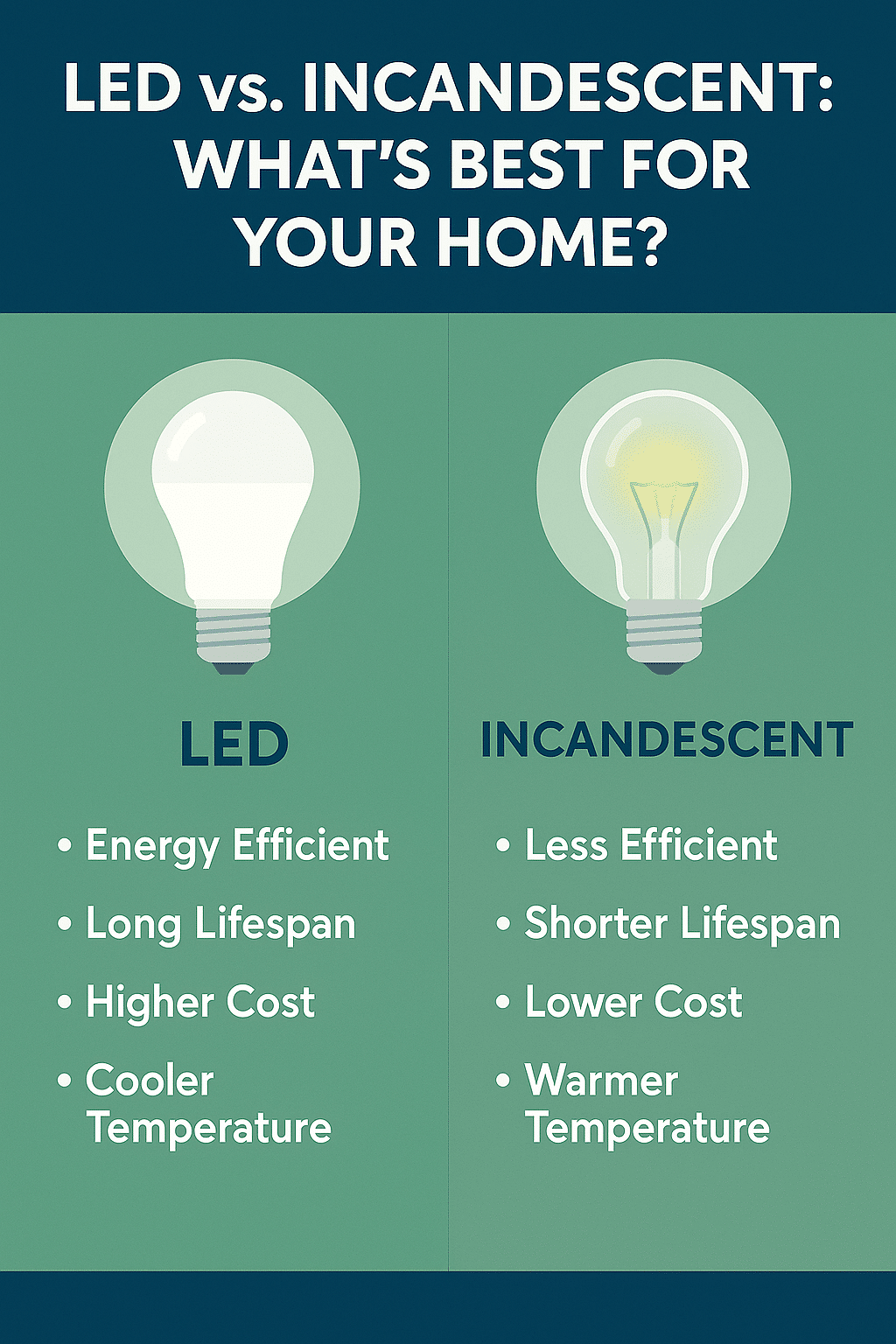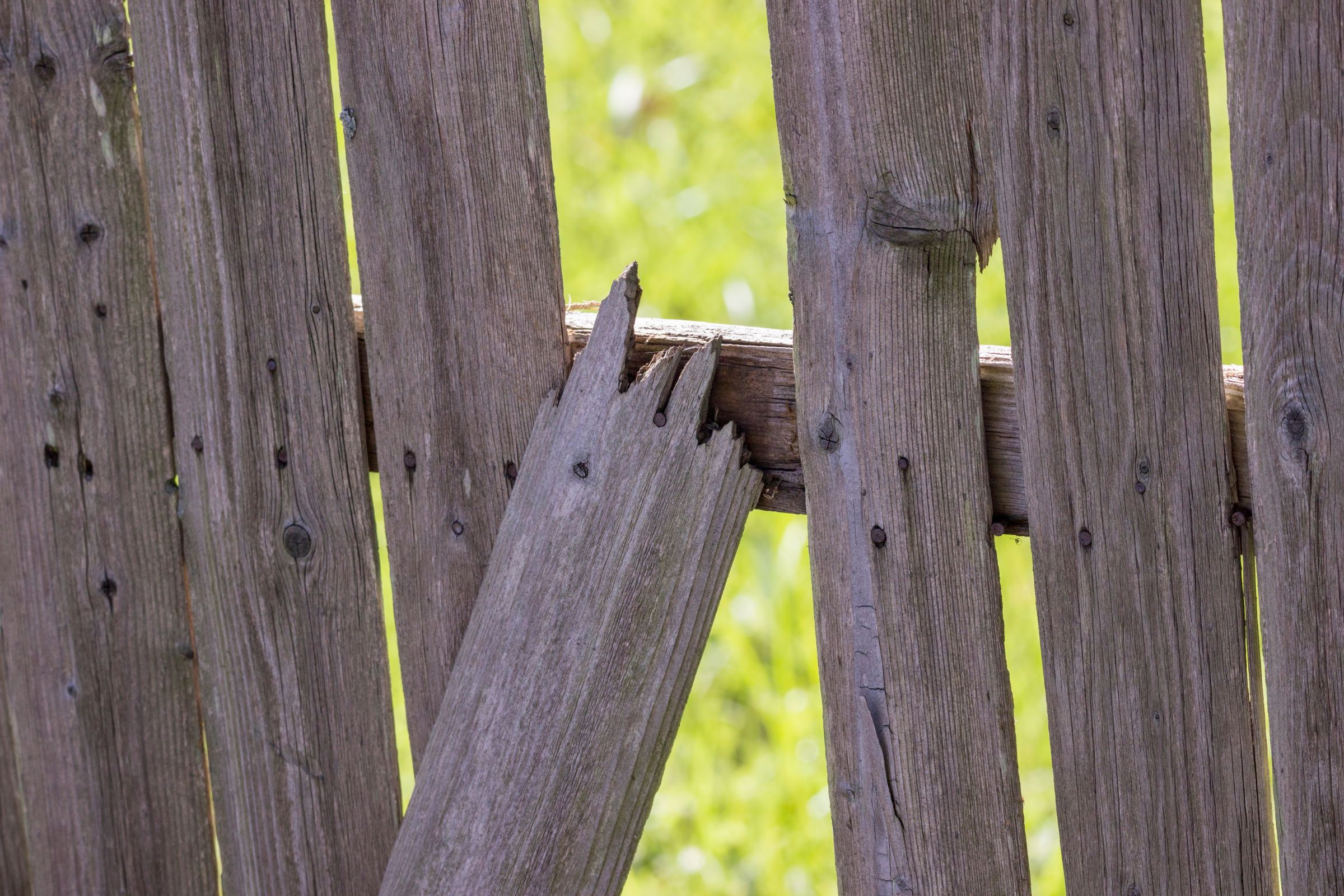
Tip of the Month: Choosing the Best Fencing Material for Your Climate
Choosing the right fencing material for your property is a crucial decision. It’s not just about aesthetics or cost. Your local climate plays a significant role in this choice. Different materials react differently to various weather conditions. Some may withstand harsh climates better than others.
In this guide, we’ll explore the best fencing materials for different climates. We’ll delve into the pros and cons of each, from wood to vinyl, metal, and composite.
Whether you’re a homeowner, a property manager, or a DIY enthusiast, this article will help you make an informed decision.
Understanding the Impact of Climate on Fencing Materials
Climate can significantly affect the longevity and performance of your fence. It’s essential to understand how different weather conditions impact various materials.
For instance, wood can warp or rot in humid climates. On the other hand, metal might rust in areas with high rainfall. Extreme temperatures can also cause materials to expand or contract. This can lead to cracks or other structural damage. UV radiation from the sun can cause certain materials to fade or become brittle over time.
Common Fencing Materials and Their Climate Suitability
When choosing the best fencing material for your climate, it’s crucial to consider the common options available. Wood, vinyl, metal, and composite are the most common fencing materials. Each offers unique benefits and drawbacks depending on the climate.
Wood is a popular choice for its natural beauty. However, it may not fare well in extremely humid or wet climates without proper treatment.
Vinyl is known for its low maintenance and resistance to various weather conditions. Yet, it can become brittle in extremely cold climates.
Metal, including aluminum and wrought iron, is durable and can withstand many weather conditions. However, it may rust in wet climates without proper coating.
Composite materials combine the best of wood and plastic. They offer low maintenance and high durability, making them suitable for various climates.
Wood Fencing: Natural Beauty with Considerations
Wood fencing is a classic choice for many homeowners. It offers a warm, natural aesthetic that can enhance any property.
However, wood is susceptible to rot and insect damage, especially in humid climates. Regular maintenance, including sealing and staining, can help protect against these issues. Certain types of wood, like cedar and redwood, are more resistant to these problems. Pressure-treated wood can also be a good choice for its resistance to rot and insects.
Despite these considerations, wood fencing can be a great option for moderate climates with proper care and maintenance.
Vinyl Fencing: Low Maintenance in Varied Climates
Vinyl fencing is a popular choice for its low maintenance requirements. It doesn’t rot or rust, making it a good option for many climates.
However, in extremely cold temperatures, vinyl can become brittle and crack. It’s also susceptible to fading and discoloration from UV radiation. Despite these potential issues, vinyl fencing is generally durable and long-lasting. It’s a great option for homeowners looking for a low-maintenance fencing material.
With proper care, vinyl fencing can withstand a variety of weather conditions and serve as a reliable barrier for many years.
Metal Fencing: Durability and Style
Metal fencing, including options like aluminum and wrought iron, offers durability and style. It’s a strong material that can withstand many weather conditions.
However, without a proper coating, metal can rust in wet climates. Aluminum is naturally rust-resistant, making it a good choice for areas with high rainfall. Wrought iron offers a classic look and strength. It’s a great option for those looking for a durable and stylish fence.
Despite potential rust issues, with proper care and coating, metal fencing can be a long-lasting option for many climates.
Composite Fencing: The Best of Both Worlds?
Composite fencing combines the best of wood and plastic. It offers the aesthetic appeal of wood with the durability and low maintenance of plastic. This material is resistant to rot, insects, and UV radiation. It’s also available in a variety of styles and colors to match any home.
However, composite fencing can be more expensive than other options. It’s also heavier, which may require more robust support structures.
Despite these considerations, composite fencing can be a great option for those looking for a durable, low-maintenance fence that can withstand various climates.
Special Considerations for Extreme Weather Conditions
When choosing the best fencing material for your climate, it’s important to consider extreme weather conditions. These can significantly impact the longevity and performance of your fence.
Moisture and humidity, temperature extremes, and wind and storm resistance are key factors to consider. Each can affect different materials in unique ways.
Moisture and Humidity: What to Look Out For
Moisture and humidity can be detrimental to certain fencing materials. Wood, for instance, can rot and warp if not properly treated.
Choosing a material that is naturally resistant to moisture, like vinyl or composite, can be beneficial in humid climates.
Temperature Extremes: Materials That Can Take the Heat (and Cold)
Extreme temperatures can also affect the integrity of your fence. Vinyl can become brittle in cold temperatures, while dark-colored materials can absorb heat and warp in hot climates.
Choosing a material that can withstand temperature extremes, like metal or composite, can ensure your fence’s longevity.
Wind and Storm Resistance: Staying Strong in the Face of Nature
Wind and storm resistance is another important factor to consider. Some materials, like chain link or lightweight aluminum, may not hold up well in storm-prone areas.
Choosing a sturdy material, like wood or wrought iron, can provide better resistance to wind and storms.
Maintenance and Longevity: Maximizing Your Investment
The longevity of your fence is directly tied to the maintenance it requires. Some materials, like wood, require regular upkeep to prevent decay and damage.On the other hand, materials like vinyl and metal require less maintenance. They resist rot and rust, extending their lifespan with minimal effort.
It’s important to balance the initial cost of the material with the ongoing maintenance costs. This will ensure you’re making a cost-effective choice for your climate.
Remember, a well-maintained fence not only looks good, but it also serves its purpose effectively for a longer period.
Aesthetic and Functional Considerations for Your Fencing
The aesthetic appeal of your fence is as important as its functionality. The material you choose should complement your home’s architecture and landscape.
Wood and composite materials offer a natural look. They can be painted or stained to match your home’s color scheme. Metal fences, on the other hand, offer a sleek, modern look. They’re perfect for contemporary homes and landscapes.
Remember, your fence is a visible part of your property. Choose a material that not only withstands your climate but also enhances your home’s curb appeal.
Making an Informed Choice for Your Climate
Choosing the right fencing material for your climate is crucial. It ensures durability, longevity, and minimal maintenance.
Remember, the best fencing material for your climate is one that meets your aesthetic, functional, and budgetary needs. Make an informed choice and enjoy a fence that stands the test of time.
If you are looking for assistance with your fencing needs in New Jersey, Carl’s is here to help! Contact us today for expert advice and guidance on selecting the right fencing material for your property and climate.



